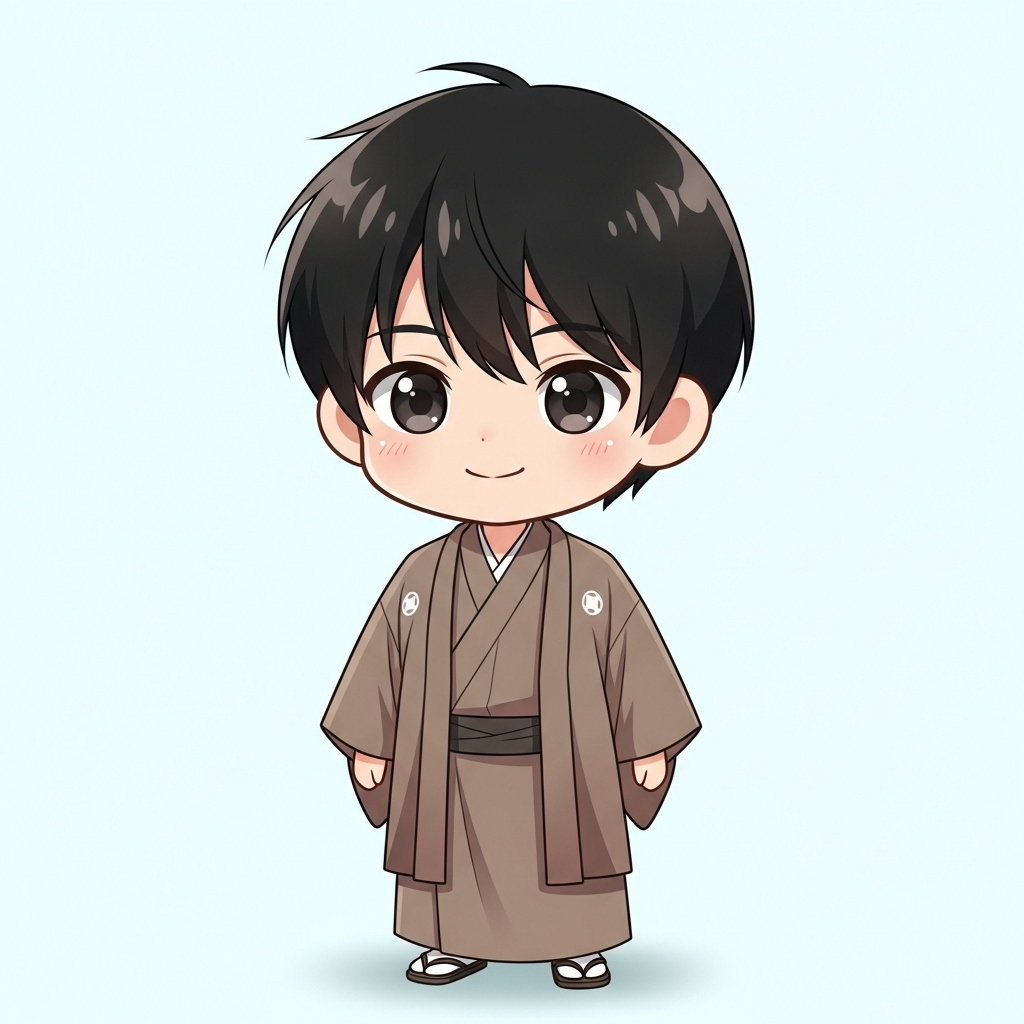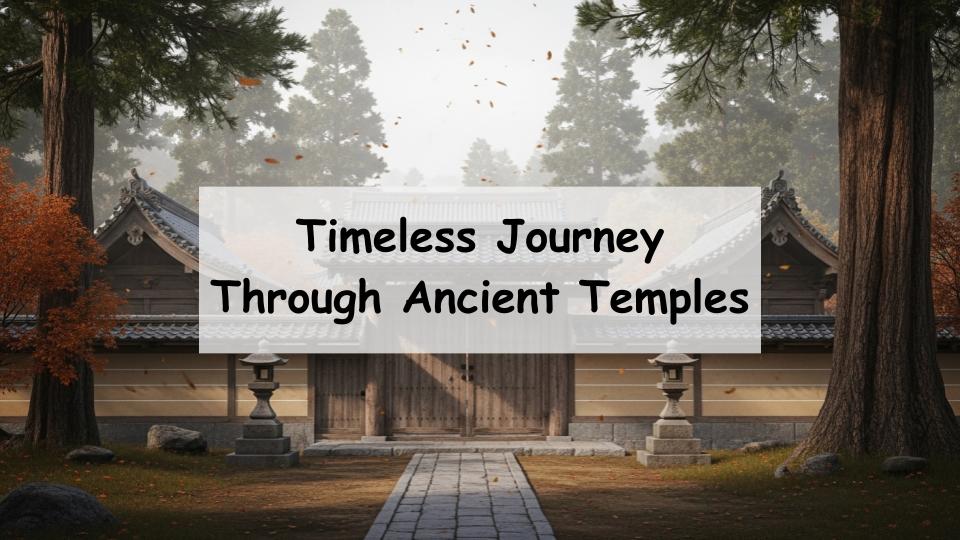If you’re interested in Japanese history or planning a cultural trip, you may have found yourself wondering, “What exactly are the Three Great Ancient Temples of Japan, and which temples are included?”
To put it simply, the term “Three Great Ancient Temples of Japan” refers to three of the oldest and most historically significant Buddhist temples in the country. While the exact definition and selection criteria vary, these temples are deeply rooted in Japan’s cultural and spiritual heritage.
In this article, we’ll clearly explain which temples are considered the “Three Great Ancient Temples of Japan,” why they are recognized as such, and the historical and cultural context behind their selection. We’ll also introduce what you can experience when visiting these sites, making this a helpful guide for both travelers and history enthusiasts alike.
Let this be your gateway to exploring Japan’s spiritual origins.
- What Are the Three Great Ancient Temples of Japan?
- Overview of the Three Great Ancient Temples
- Why These Three Temples Were Chosen: Selection Criteria Explained
- Experiencing the Beauty and Meaning of the Three Great Ancient Temples
- Conclusion: Discovering the Heart of Japan Through Its Great Ancient Temples
- A Message from the Guide
What Are the Three Great Ancient Temples of Japan?
The Meaning of “Kosatsu” and Its Buddhist Origins
The term “kosatsu” (古刹) refers to a temple with a long, respected history. In Buddhist terminology, “刹” (satsu) means “temple,” and “古” (ko) means “ancient.” Therefore, “kosatsu” is used to describe temples that were founded centuries ago and have maintained deep spiritual and cultural significance through generations. These temples not only embody historical value but also reflect the development of Buddhism in Japan.
The Concept Behind “Three Great” Temples
In Japanese culture, it is common to rank important entities in groups of three—such as the “Three Great Views” or “Three Famous Gardens” of Japan. The idea is to highlight the most representative examples in a specific category. Likewise, the “Three Great Ancient Temples” refer to three temples that stand out due to their religious, historical, and cultural influence.
Is There an Official Definition?
There is no official governmental or religious body that formally designates the Three Great Ancient Temples. However, the combination of Hōryū-ji (Nara Prefecture), Shitennō-ji (Osaka Prefecture), and Sensō-ji (Tokyo) is widely accepted due to their longstanding influence and prominence. The selection is based on multiple factors, such as their age, cultural importance, and continuing role in religious practice.
Overview of the Three Great Ancient Temples
Hōryū-ji (Nara Prefecture)
Founded by Prince Shōtoku and Its Historical Importance
Hōryū-ji, believed to have been established in 607 AD by Prince Shōtoku, is recognized as one of the oldest wooden buildings in the world. It played a foundational role in establishing Buddhism in Japan, representing the early fusion of religion and politics under imperial support.
UNESCO World Heritage Site and Architectural Legacy
Designated a UNESCO World Heritage Site in 1993, Hōryū-ji is renowned for its ancient pagoda, main hall (Kondō), and priceless Buddhist statues. The temple’s layout and structures preserve architectural techniques from the Asuka period and offer a direct link to Japan’s early Buddhist architecture.
Shitennō-ji (Osaka Prefecture)
Japan’s First State-Sponsored Temple
Founded in 593 AD by Prince Shōtoku, Shitennō-ji is regarded as the first Buddhist temple officially built under state sponsorship. The temple was constructed to invoke the protection of the Four Heavenly Kings, representing a pivotal moment when Buddhism began shaping national governance and public life.
Current Layout and Seasonal Events
Despite having been destroyed and rebuilt multiple times, the temple’s central alignment of gates, pagoda, main hall, and lecture hall follows its original structure. Seasonal events like the spring Taishi Grand Ceremony continue to attract large crowds, connecting the temple with the local community to this day.
Sensō-ji (Tokyo)
Tokyo’s Oldest Temple and Its Origins
Sensō-ji is said to have been founded in 628 AD, making it the oldest temple in Tokyo. Its origin story involves two fishermen who discovered a statue of Kannon (the Bodhisattva of Compassion) in the Sumida River. The temple quickly became a center for Kannon worship and has remained one of the most visited religious sites in Japan.
The Famous Kaminarimon Gate and Nakamise Shopping Street
Sensō-ji is famous for its massive red lantern at Kaminarimon (Thunder Gate) and its lively Nakamise shopping street leading to the main hall. It blends spiritual reverence with tourist-friendly charm, offering a unique cultural experience for visitors.
Why These Three Temples Were Chosen: Selection Criteria Explained
Founding Dates and the Introduction of Buddhism
All three temples were founded during the early stages of Japanese Buddhism. Their establishment marks key points in the spread and institutionalization of the religion. Their continued influence over centuries is a testament to their historical and spiritual roles.
Influence on Regional Culture and Faith
Each temple has become deeply integrated into its local culture. Hōryū-ji and Shitennō-ji represent the political-religious nexus in early Japan, while Sensō-ji reflects the everyday faith of common people. Together, they showcase the diverse ways Buddhism has shaped Japanese life.
Cultural Properties and National Recognition
These temples are home to numerous national treasures and important cultural properties. Hōryū-ji is a UNESCO World Heritage Site; Shitennō-ji maintains original Buddhist layouts; and Sensō-ji continues to be one of the most visited religious sites in Japan. Their cultural and architectural value further supports their status as great ancient temples.
Experiencing the Beauty and Meaning of the Three Great Ancient Temples
Immersing Yourself in History and Tradition
Visiting these temples allows you to engage directly with Japan’s spiritual and cultural roots. The atmosphere, from incense to chanting, offers an authentic connection to the past and deepens your understanding of Japan’s religious identity.
Exploring Temple Rituals and Collecting Goshuin
Each temple offers distinct customs and opportunities to receive goshuin—temple seals written by monks. This practice not only makes for a memorable souvenir but also helps visitors engage more deeply with the site’s spiritual purpose.
Enhancing Your Trip with Nearby Attractions
These temples are surrounded by rich historical and cultural environments. From the peaceful landscapes around Hōryū-ji, to the traditional neighborhoods near Shitennō-ji, and the bustling streets of Asakusa near Sensō-ji, each location offers a complete travel experience.
Conclusion: Discovering the Heart of Japan Through Its Great Ancient Temples
A Journey Through History, Faith, and Culture
Hōryū-ji, Shitennō-ji, and Sensō-ji each represent a unique chapter in Japan’s religious and cultural development. Visiting them provides more than sightseeing—it’s a chance to connect with centuries of belief, tradition, and community.
A Beginner-Friendly Way to Explore Japan’s Spiritual Legacy
Whether you’re new to temple visits or a seasoned cultural traveler, these three temples are accessible and enriching destinations. With thoughtful preparation and an open heart, your journey through Japan’s ancient temples will become a lasting and meaningful experience.
A Message from the Guide

All of them have amazing history, but when it comes to impact and significance, I think Horyu-ji stands out ahead of the others.









Comment